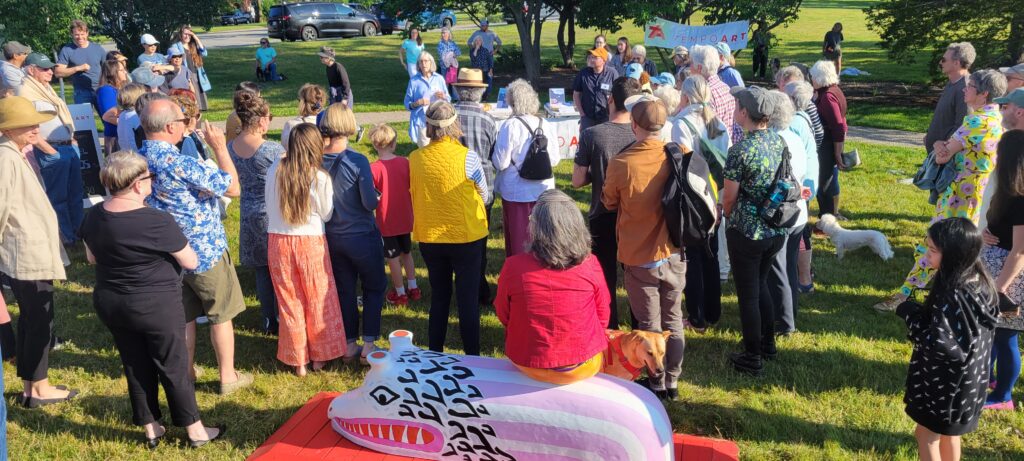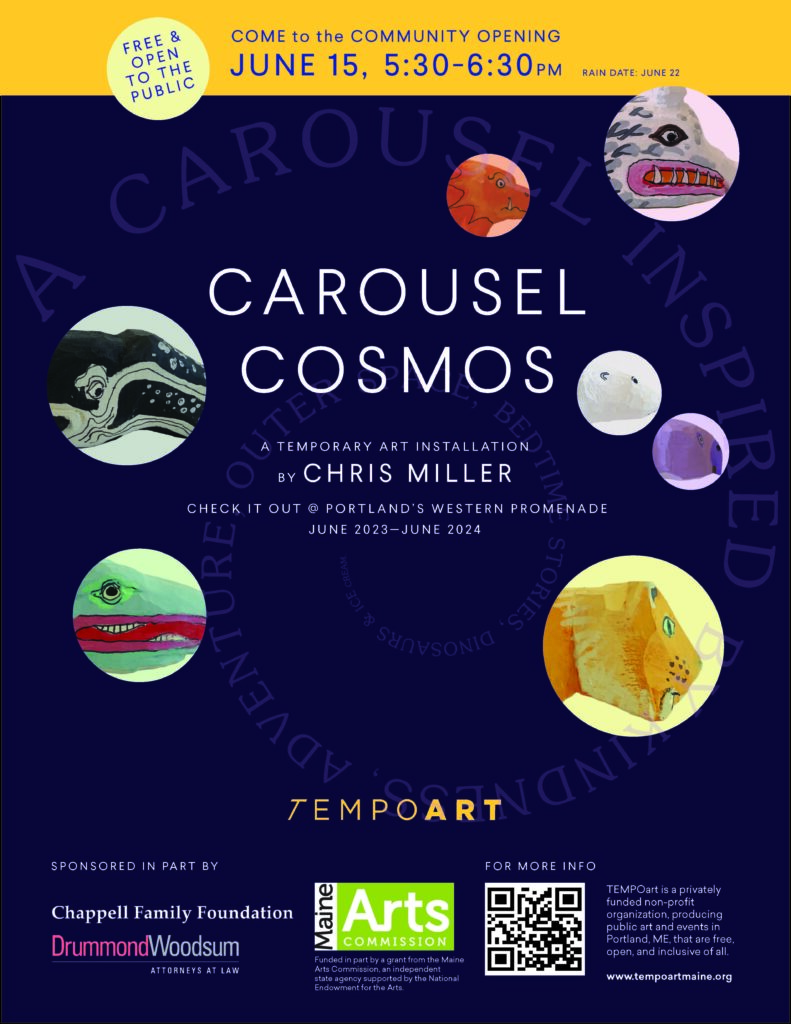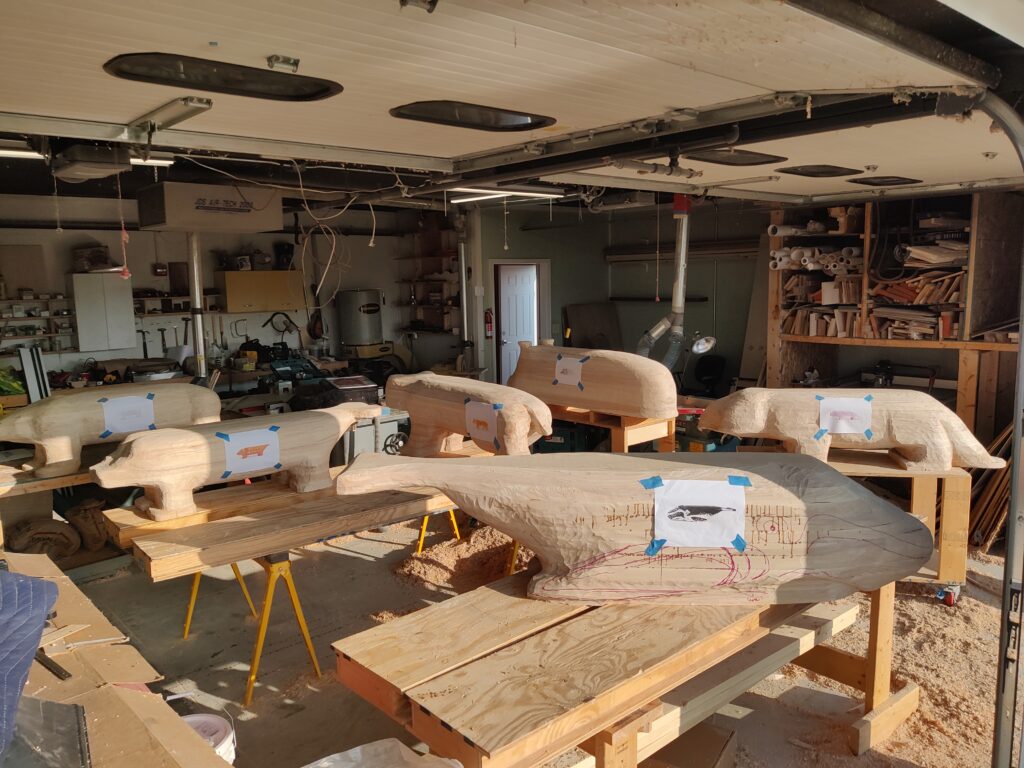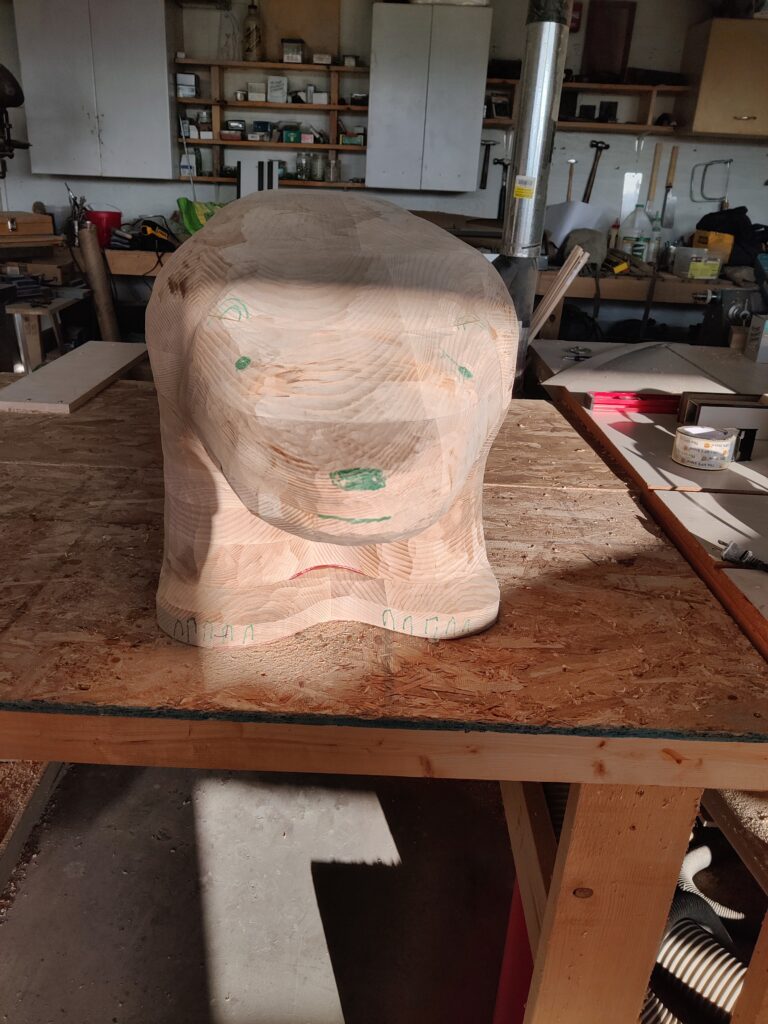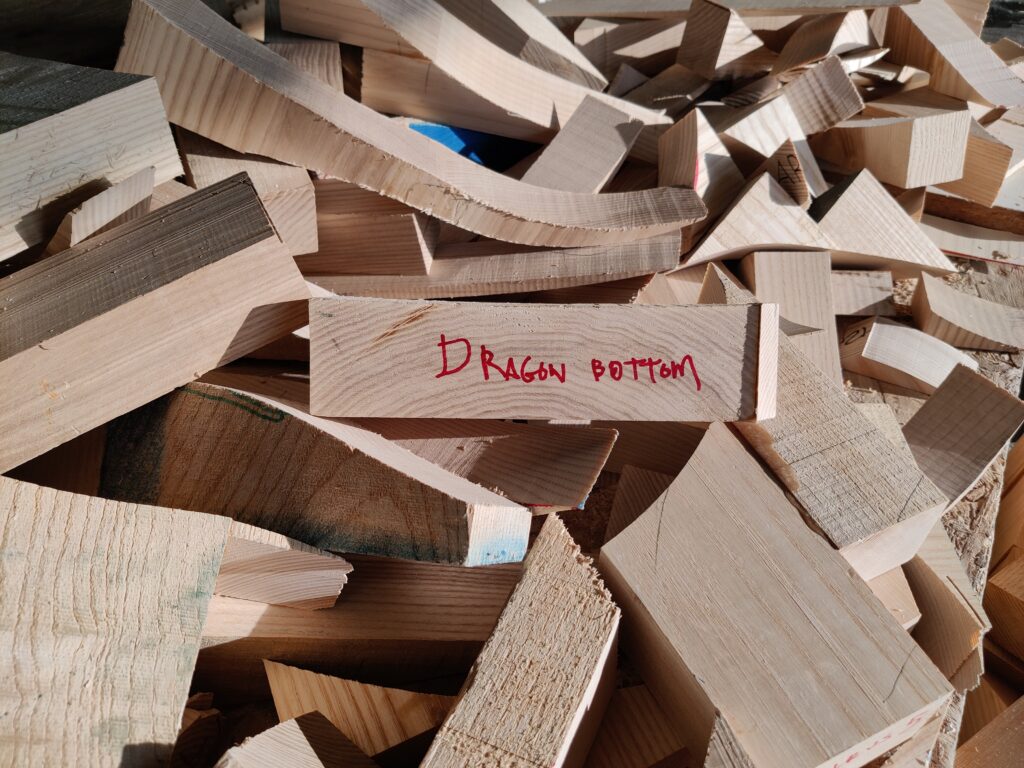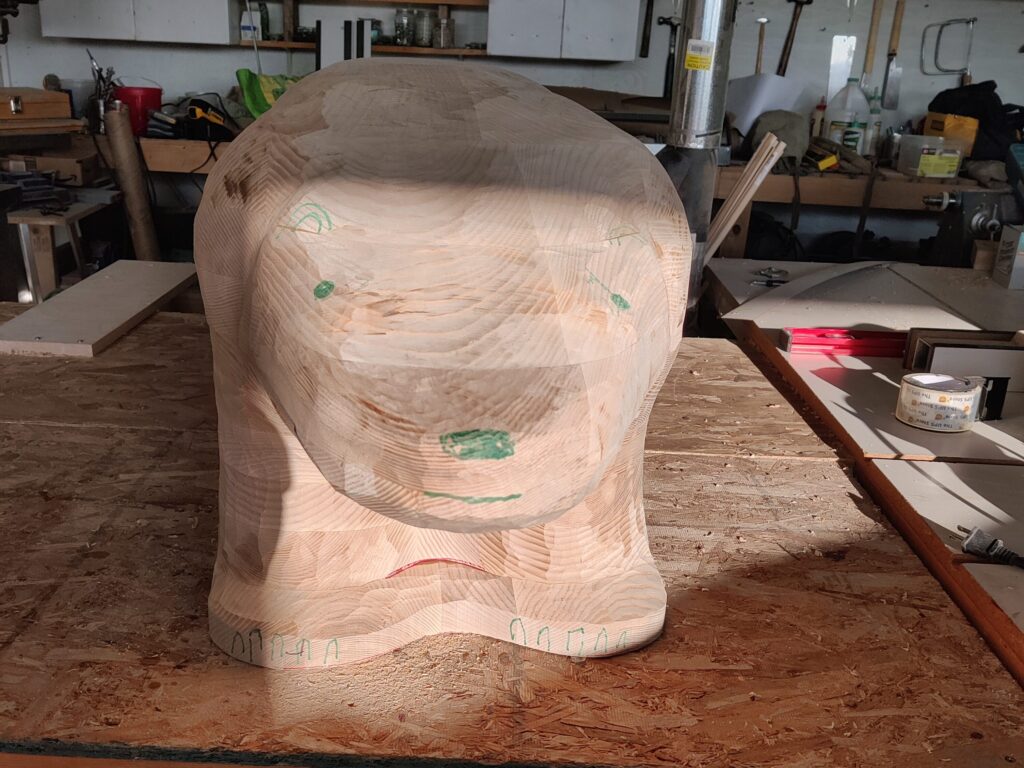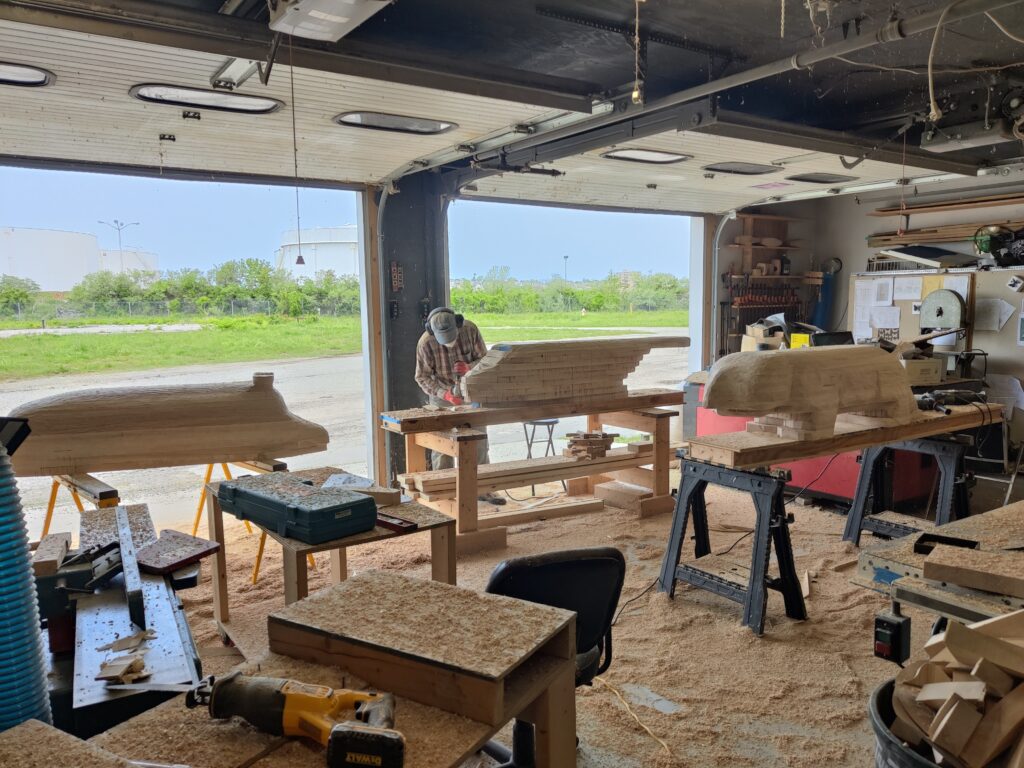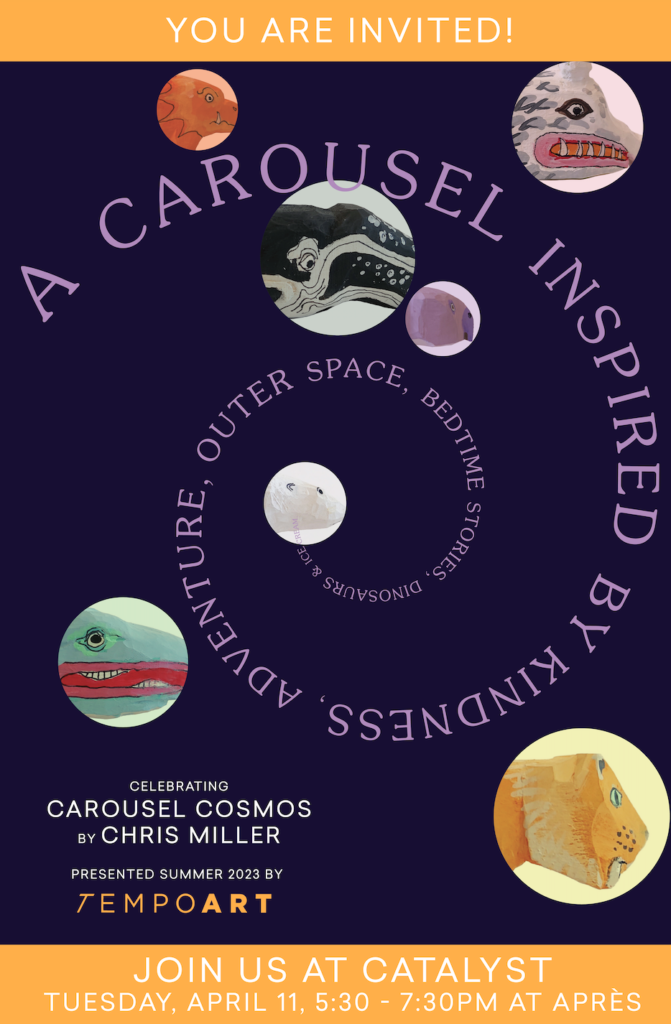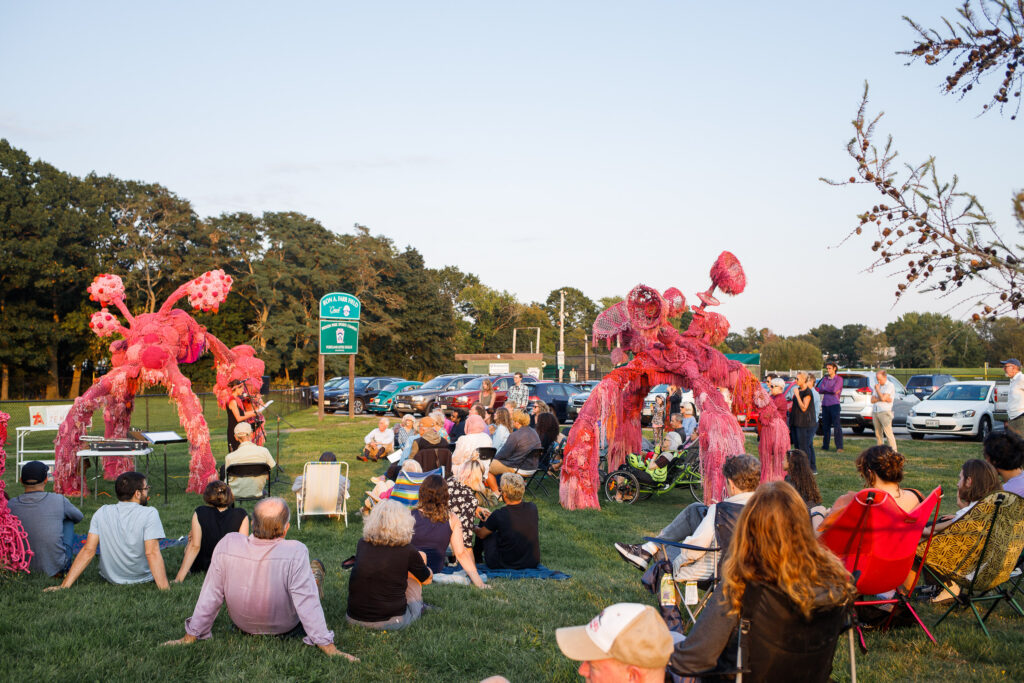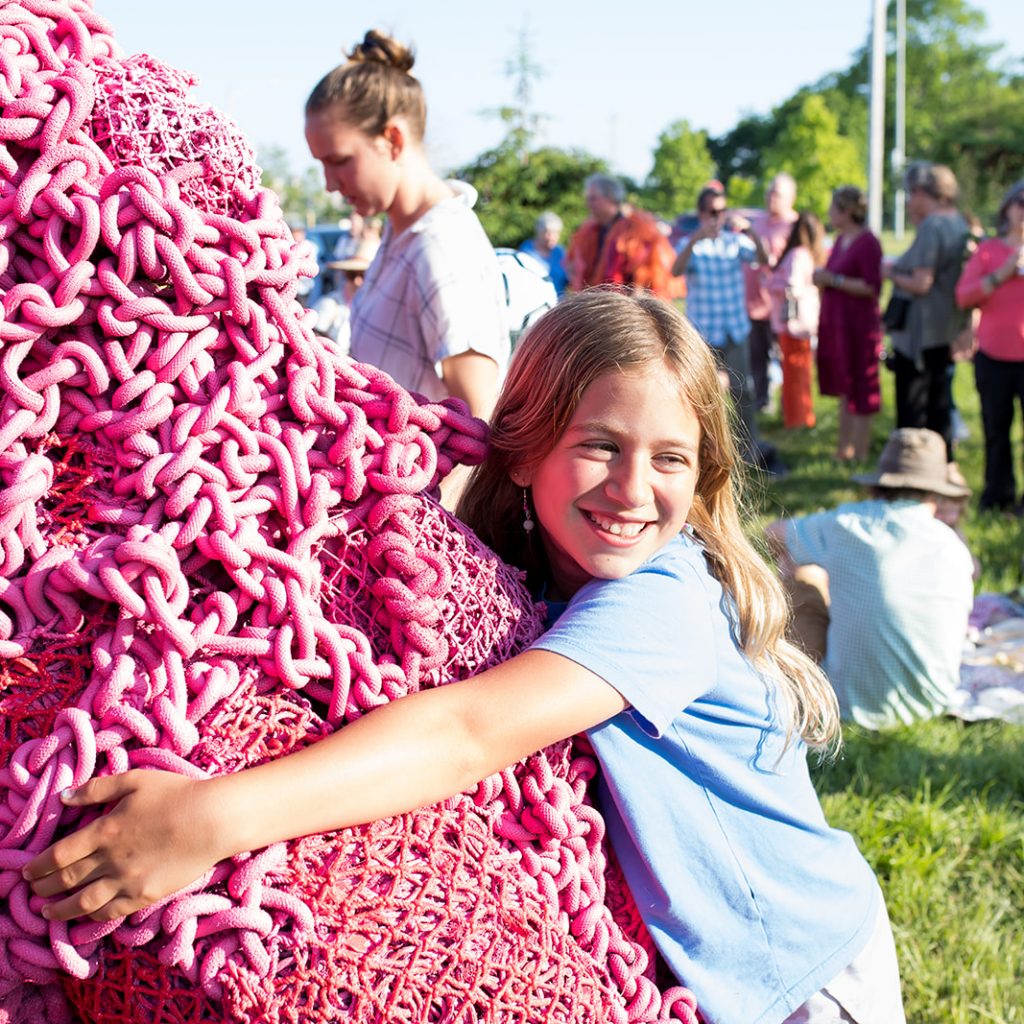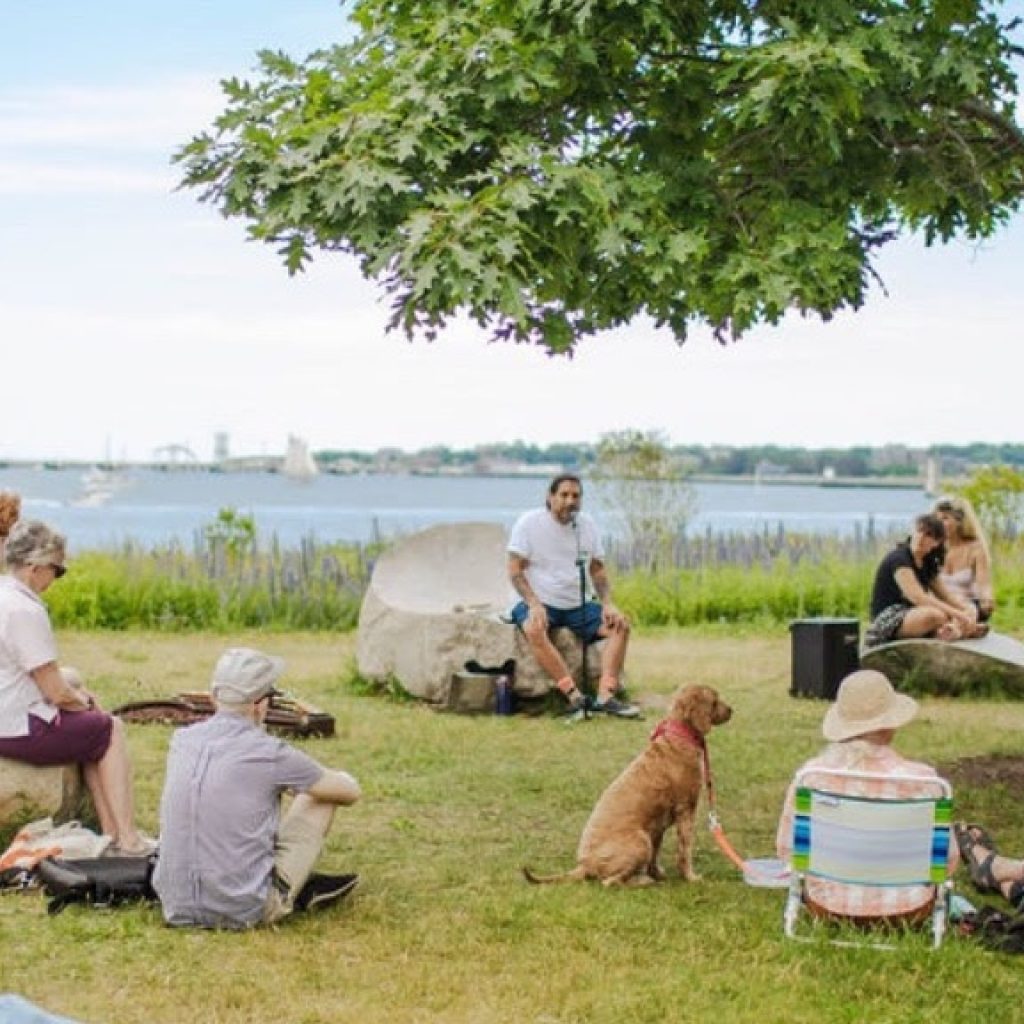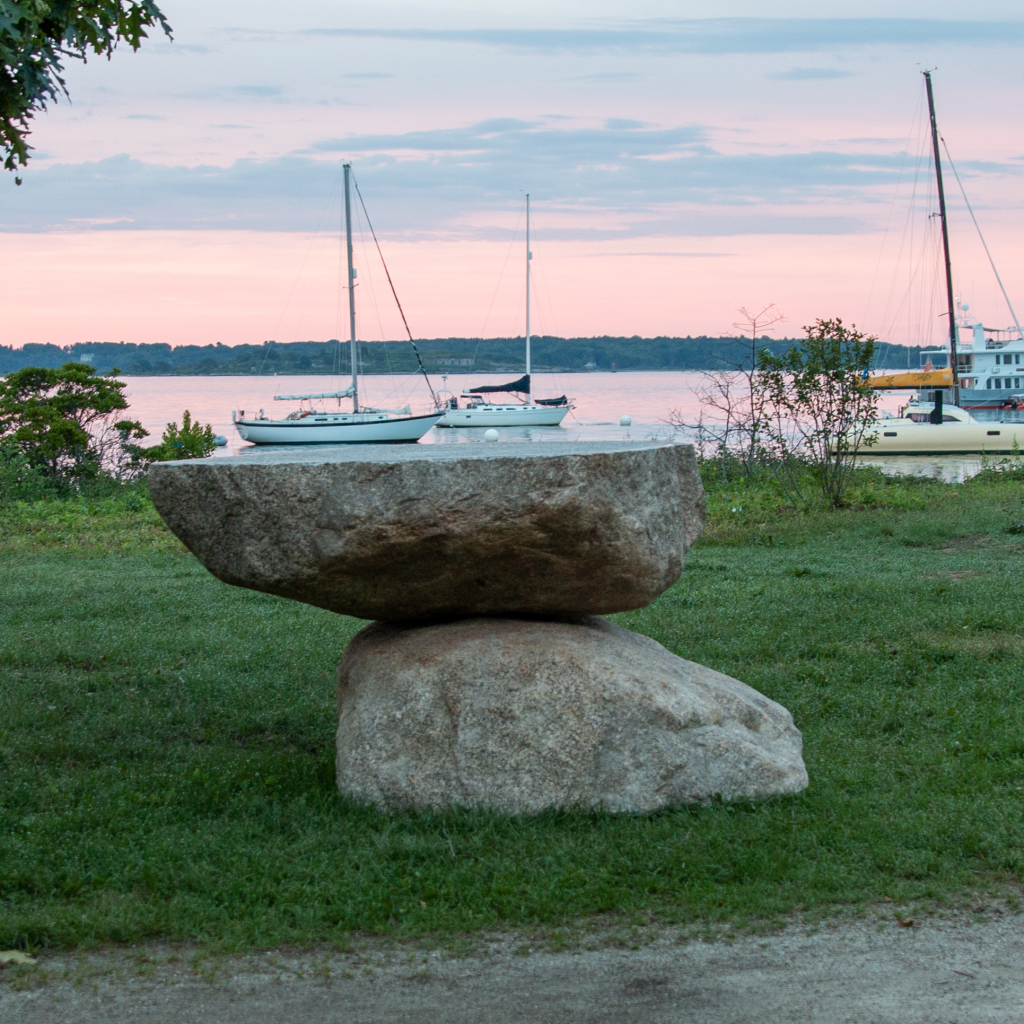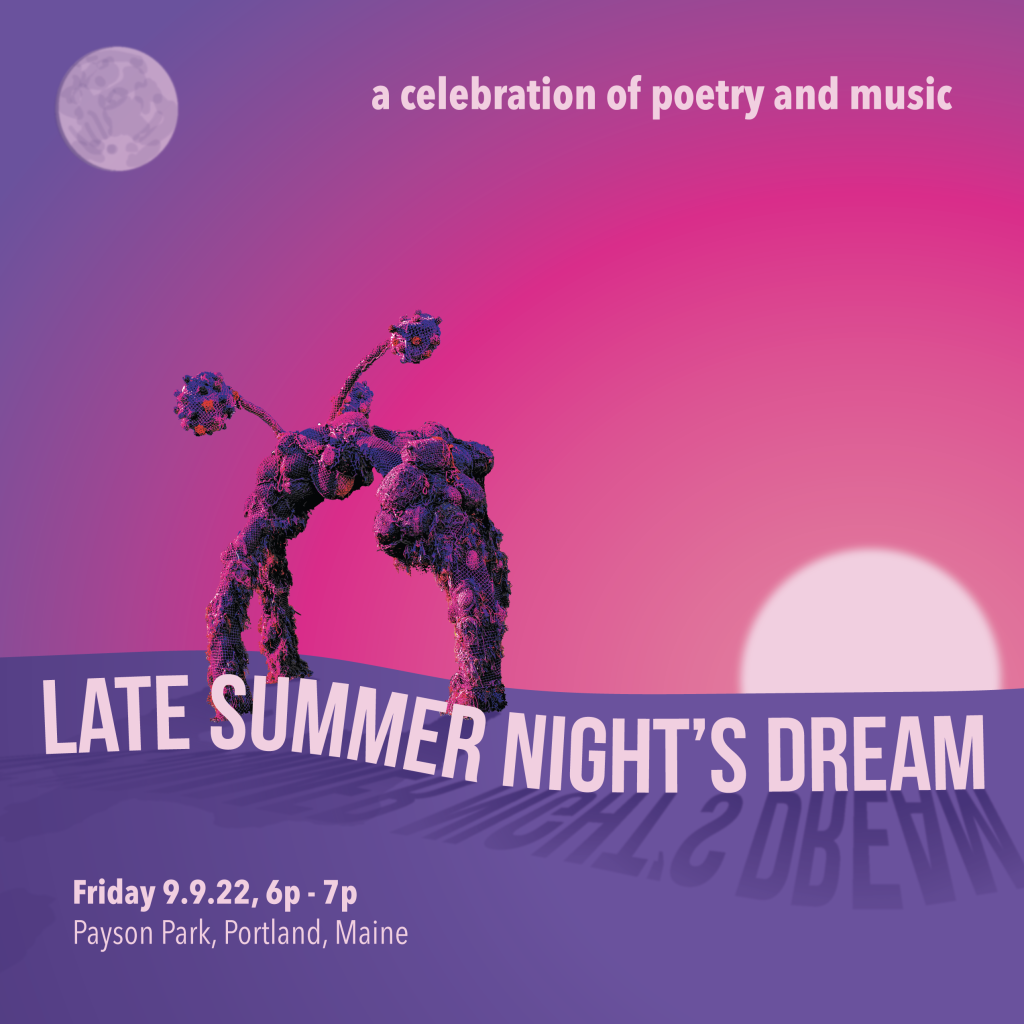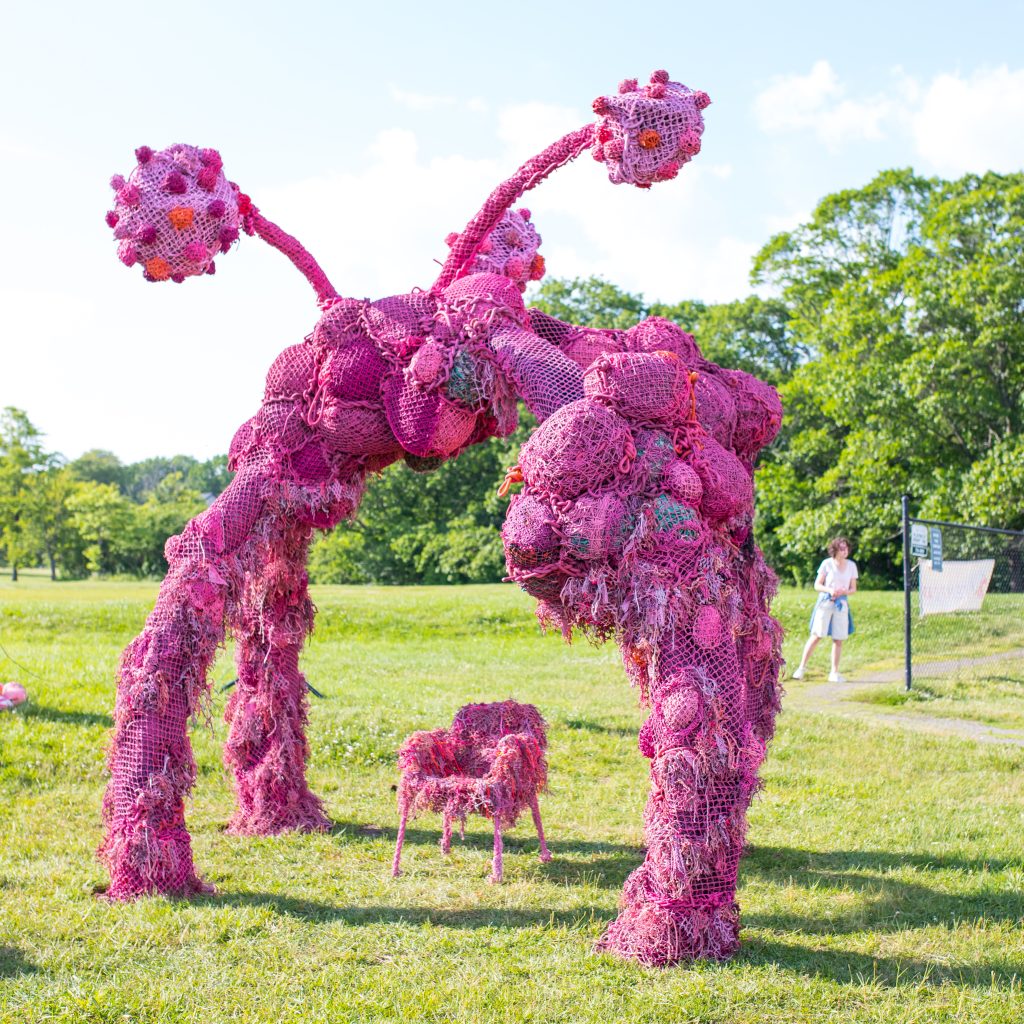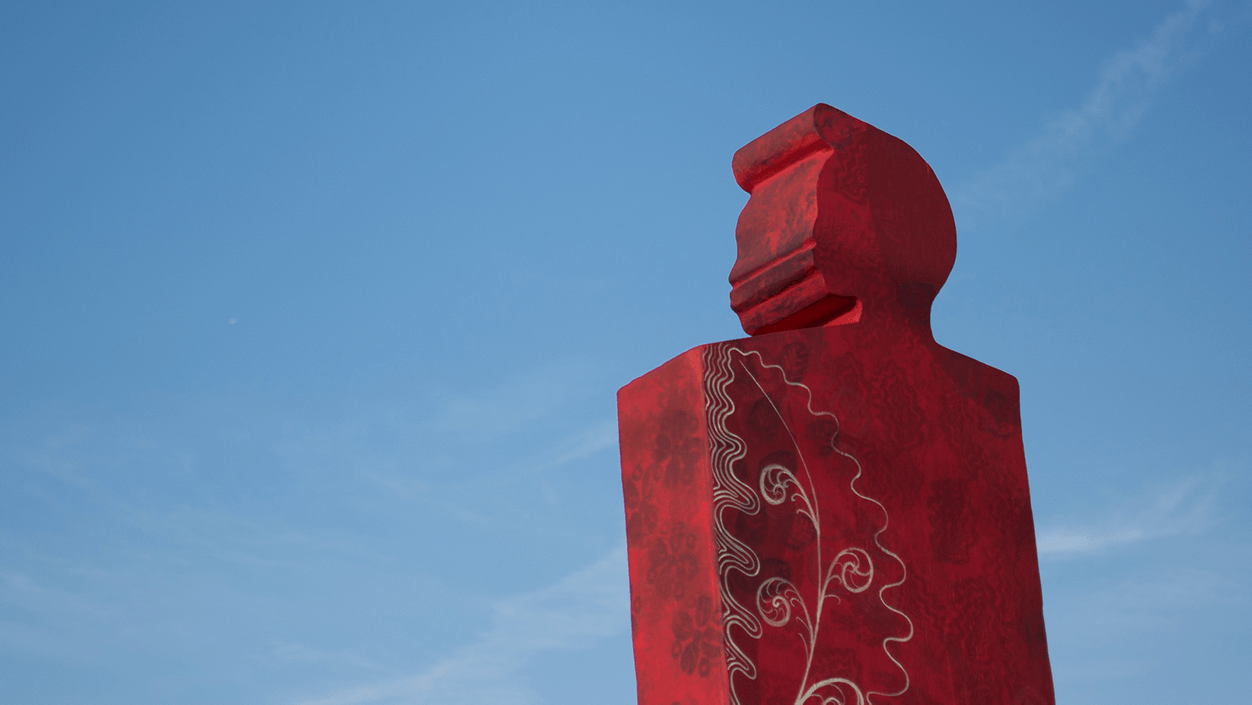Last month, I walked along the site for the Blaze Trail which is a public art project that follows the outline of the Great Fire of 1866. It is set to be installed this fall in Portland and identifies points of interest and landmarks related to the fire, and tells stories about people affected by the fire. The collaborators for the project are TEMPOart, Portland Trails, Gib Foltz, Caitlyn Cameron from the City of Portland, and more. The project facilitates interactions between the viewer and Portland’s history, stories and architecture. It will include art on street signs and sign posts as well historical information and sound installations. Also, the project will include a webpage on the Public Art website with an interactive map and information about each stop along the trail to help expand the project and make it more dynamic. The project is meant to be easily accessible to everyone at any time because it is embedded in the city’s structure and flow of daily life.
On the walk I learned not only about the Great Fire, but also a lot about Portland’s history in general and about the infrastructure that holds this history. I was able to see the city I grew up in with a new set of eyes. Buildings I had walked past hundreds of times suddenly held a deeper meaning and were now crammed full of history and alive with resilience. Although I didn’t remember all the specific facts, I took with me a new understanding of Portland as a city with a rich history, and a new desire to learn more about the events that have shaped it. I also took with me a heightened awareness of the lived environment as a piece of history with meaning, value, and intentionality, not just something that exists as an element of the present. This made me think about the role of this project, and of public art in general. Like much other public art, the role of the Blaze Trail is to resurrect the history of the city in an accessible way and to create a dynamic interaction between this history and the present.
Walking the Blaze Trail helped me realize that I was not really aware of the history of my own environment. While the focus of the Blaze Trail walk was the historical impacts of the Great Fire, I found myself also learning about other issues along the way. For example, we passed by many markers of The Freedom Trail, which immediately sparked my interest and further research at home. I was ashamed to admit that I hadn’t known much about the immense importance of the landmarks along this trail.
The Freedom Trail follows points in the Underground Railroad and other important sites like churches and Black meeting houses. It also tells stories about the people and events that were integral in helping African Americans escape slavery. I was saddened that I had lived in Portland almost my whole life and barely knew about these stories or Maine’s anti-slavery movement, and about Maine’s Black history in general. Learning this helped me understand that one of the main roles of public art is to cultivate awareness about the many layers of the lived environment.
As we continued along the walk, we encountered another site for the project, which is also an important marker on the Freedom Trail – The Abyssinian Meeting House – located at 73 Newbury Street. The house had a particularly interesting story about how members of the community helped save it from this fire, which is why it was included in the project. I learned that The Abyssinian Meeting House was a major hub for the Underground Railroad in Maine and the social and political center for Portland’s African American community during the 19th century. The members of the Meeting House included leaders in the abolition movement, formerly enslaved individuals, and leaders of the Underground Railroad system. According to the link above, the building was first used as a church and a segregated public school as well as place for dinners, concerts and other entertainment. In 1917 the Meeting House was closed and turned into tenement apartments soon after, then taken over by the City of Portland after being abandoned.
The Committee to Restore the Abyssinian bought the building in 1998 and started restoration, which is still continuing today. To this day, the Meeting House maintains local, state, and national historical significance for the cultural heritage of African Americans in Maine and beyond, stands as an important landmark in Maine’s anti-slavery movement and as a symbol of Black resillience. Encountering this Meeting House on the Blaze Trail reminded me of the importance of preserving and honoring Black history in my own hometown and across the country, as well as raising awareness about the racial history alive into our surrounding environments.
At a Black Lives Matter protest later that day, one of the speakers emphasized the importance of donating to the effort to restore the Abyssinian House, and it felt like another sign. I was grateful that I now understood the reference. That Sunday, the Portland Press Herald released an article titled “The Abyssinian: And the Struggle to Save Black History in Maine”. Once again, it seemed like the world was trying to tell me to pay attention to this Meeting House and to the history right in front of me. The article centered around Leonard Cummings, who has led a 25 year effort to restore the meeting house. Cummings articulated the significance of the Meeting House to understand the present Black Lives Matter movement, saying “People need to understand the importance of this building to the African American community. Because until you know your history, you can’t know where you’re heading. This building is the beginning of that story. If Black lives really do matter, let’s finish this building”. Cummings emphasizes the utmost importance of restoring, understanding, and honoring Black history in moving towards an anti-racist society that values Black lives in the present and the past.
Circling back to the original intention of the walk, the aim of the Blaze Trail is to bring to life Portland’s history so it can interact with the present in an interesting and attention catching way. Like much public art, honoring and engaging with the city’s history is the whole point of the project. Going on this walk and doing research about landmarks we passed helped me understand the significance of sites like The Abyssinian House and forced me to confront my previous lack of awareness. It also reminded me that public art has the power to draw connections between history and current issues such as racial justice. For example, public art can tell histories of oppression and illuminate the violent way our country has engaged with people of color for centuries. Art in public spaces has a powerful voice in the Black Lives Matter movement (among others) because it can reach many people and help cultivate a sense of awareness about the environment as a living piece of history that exists both in the past and the present. Public art is an indispensable tool for activists, and must be viewed as such.
